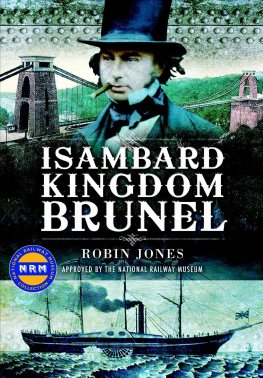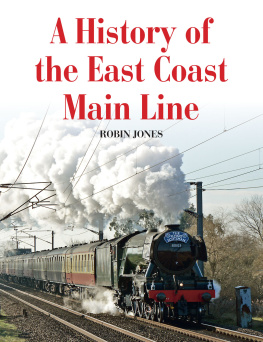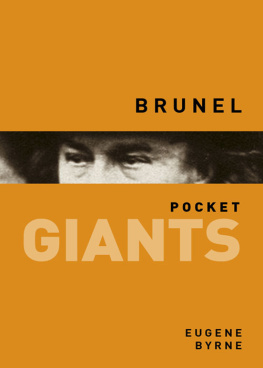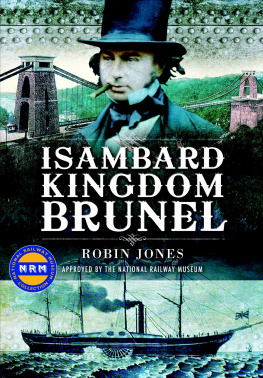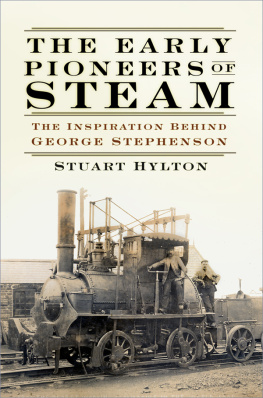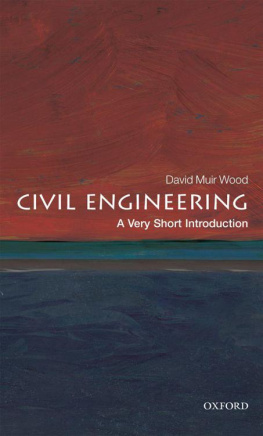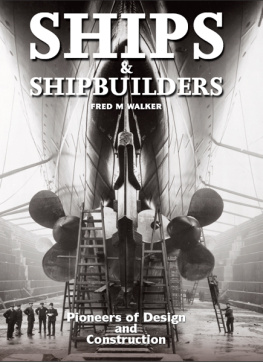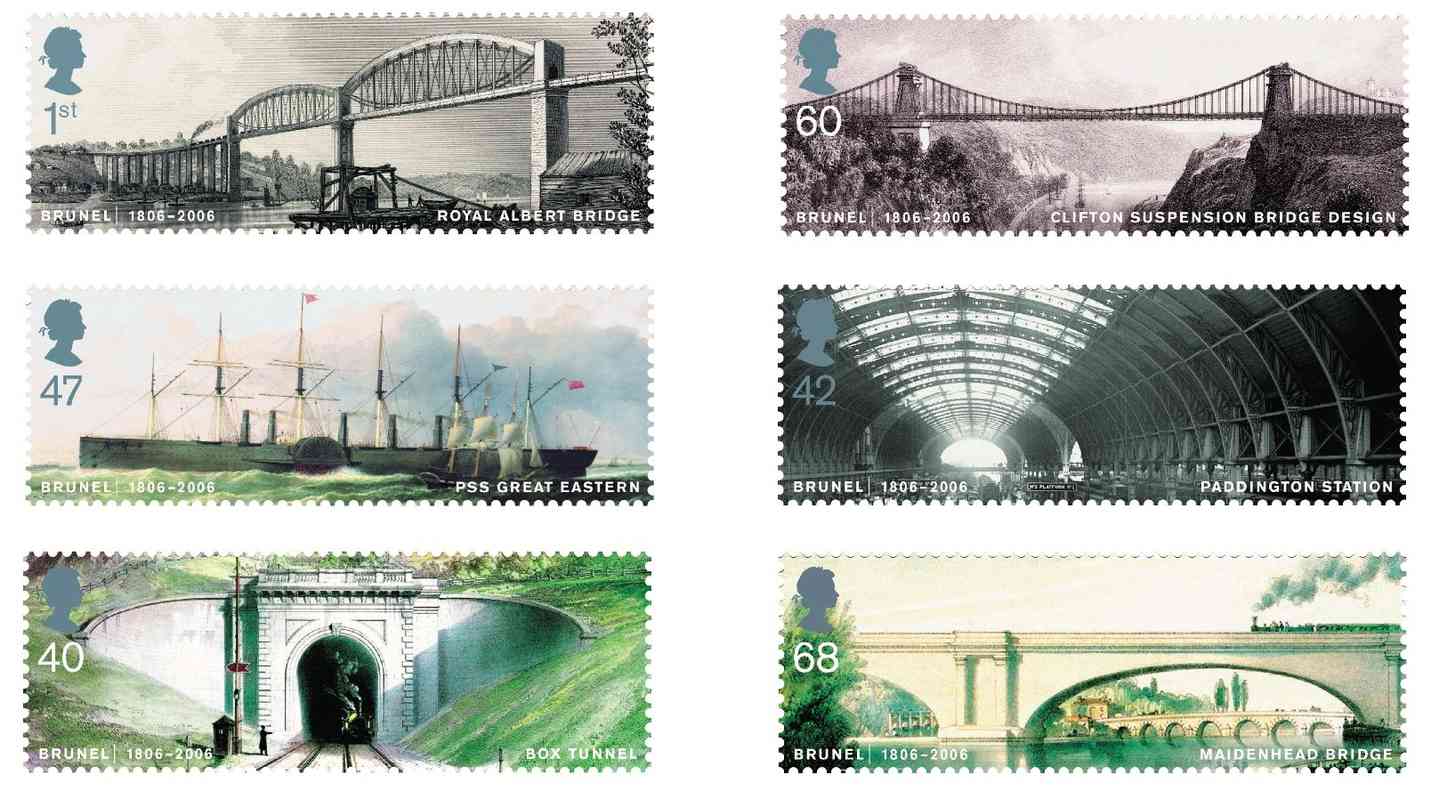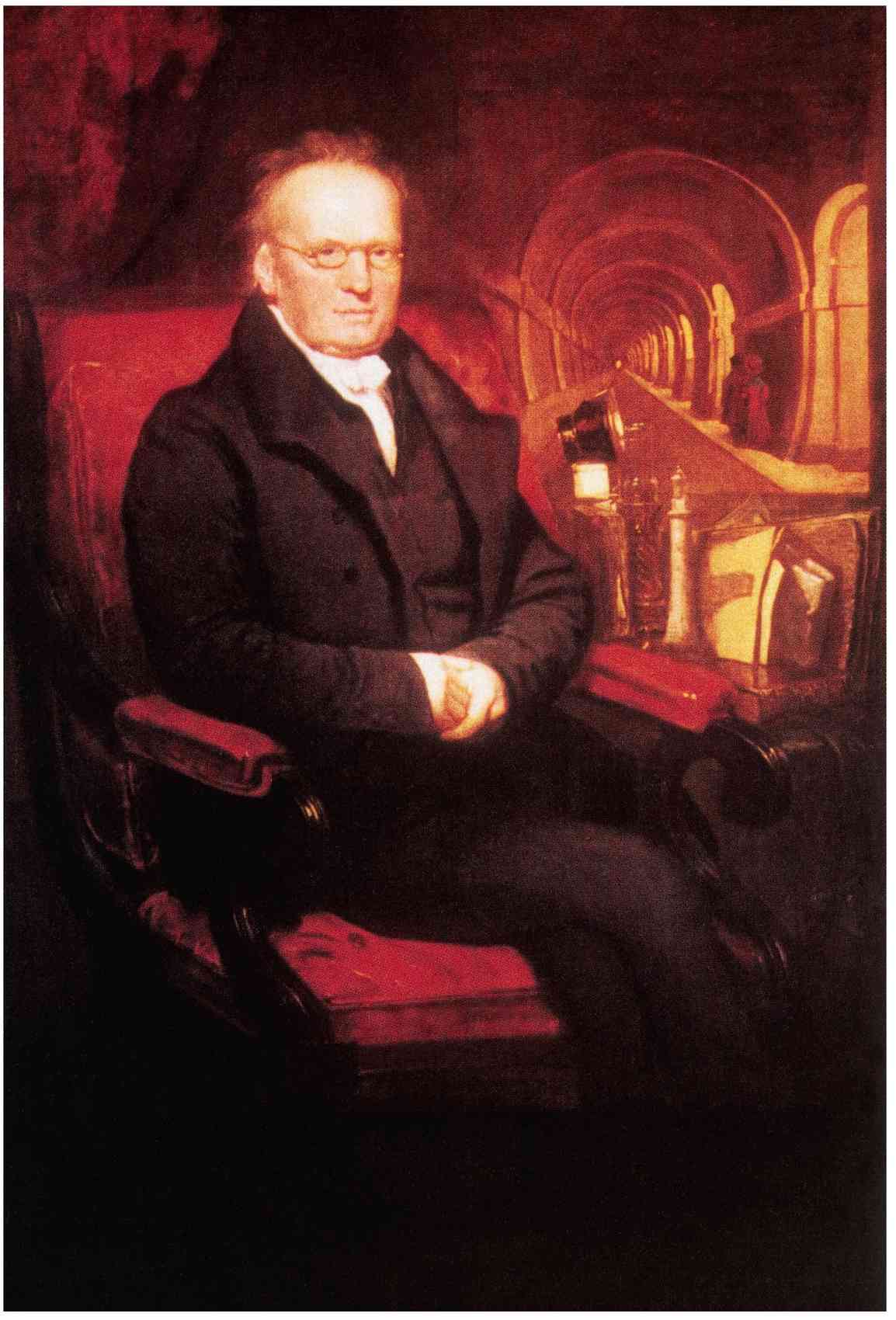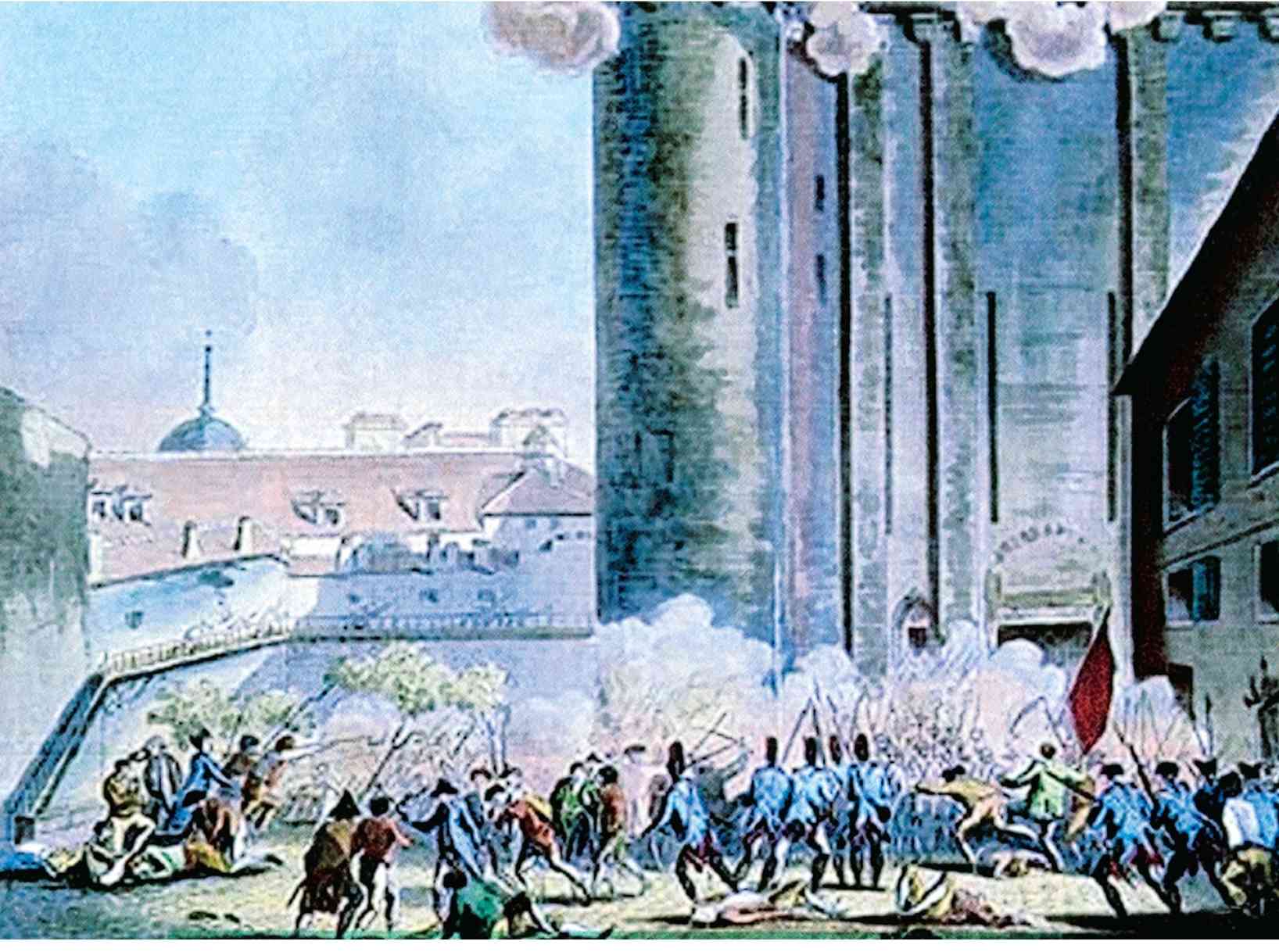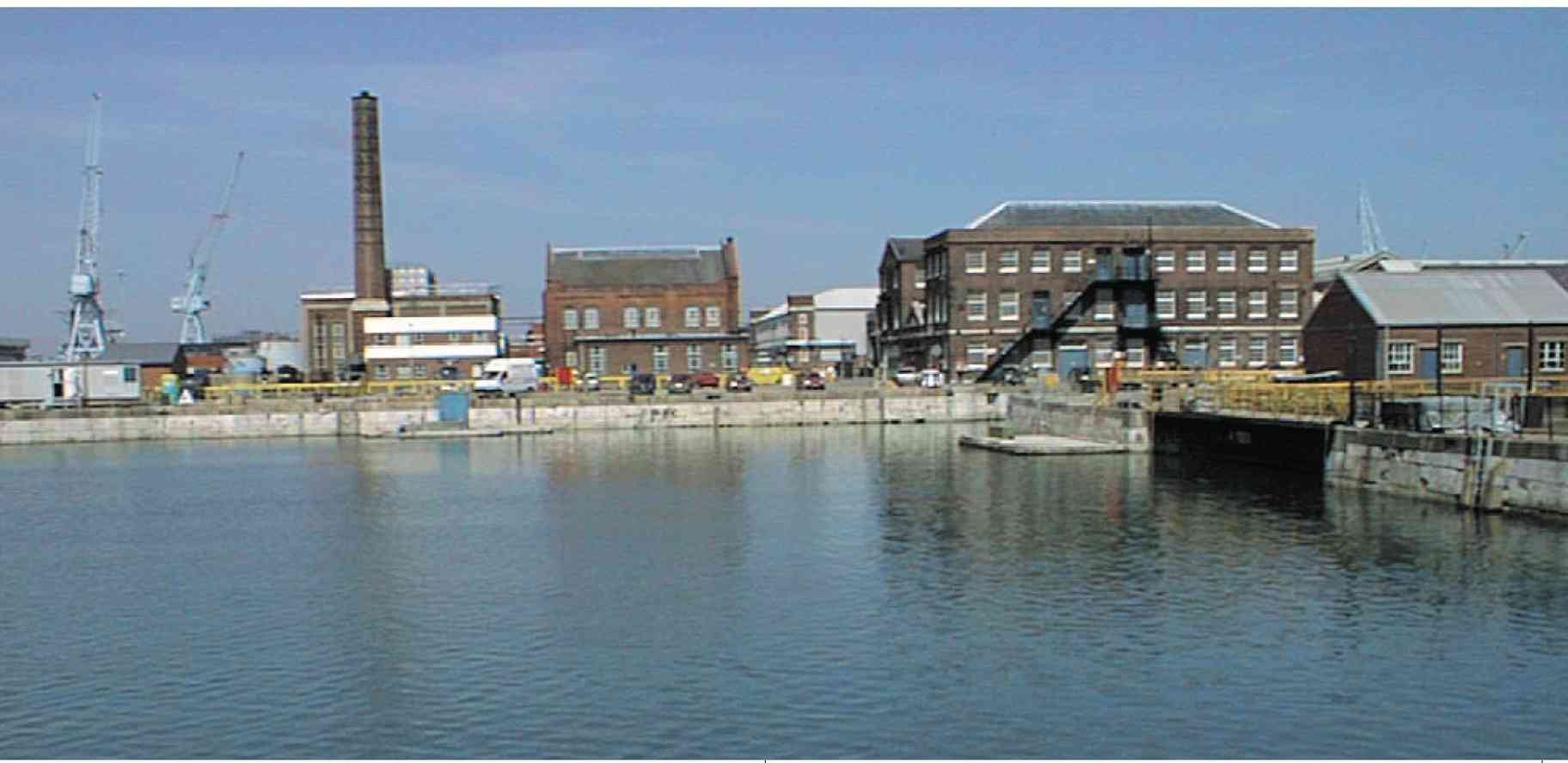Chapter 1
BRUNEL
Rediscover the Legend
I sambard Kingdom Brunel. Three names. Three people in one. Born in Portsmouth on 9 April 1806, there was Brunel the great engineer, who would habitually throw out the rulebook of tradition and established practice, and start again with a blank sheet of paper, taking the technology of the day to its limits and then going another mile.
Then there was Brunel the visionary, who knew that transport technology had the power to change the world, and that he had the ability to deliver those changes.
Finally, there was Brunel the artist who rarely saw technology as just functional, and strove to entwine the fruits of the Industrial Revolution with the elegance and grace of the neo-classical painter.
His bridges, tunnels and railway infrastructure have entered a third century of regular use, and the beauty of their design and structure has rarely been equalled.
The three decades, from the 1830s to the 1850s, saw an explosion of technical excellence, and it was Brunel who in so many cases lit the blue touchpaper.
He did not always get it right first time, and it was left to others to reap the fruits of his many labours. Nevertheless, his actions fast-forwarded the march of progress by several decades.
In 2006, Britain celebrated the 200th anniversary of Brunels birth, with a multitude of events large and small. It turned out to be a wonderful year, in which Isambards many legacies were re-examined and revisited.
Four years later, celebrations were again staged to mark the 175th anniversary of the Great Western Railway, arguably Isambard Brunels finest achievement.
Each of his landmarks are national treasures in themselves. There is the spectacular Royal Albert Bridge at Saltash, the magnificent glass-roofed terminus of Paddington, Maidenhead bridge with its elliptical arches that many said would never stand up, the stupendous Clifton Suspension Bridge, completed shortly after his death, to his design by a team of admirers, Bristols original Temple Meads station, the Dawlish sea wall railway route everyones favourite section of the national network, and many more.
However, I hope that readers will use this volume as a travel guide to explore some of the lesser-known delights that he has bequeathed to us: the wonderful Bristol & Exeter Railway station at Bridgwater, the Wilts, Somerset & Weymouth Railway booking office at Bradford-on-Avon, and the lofty Devils Bridge flying bridge at Bleadon near Weston-super-Mare, to name but a few.
An excellent starting point is one of Londons true hidden gems, the Brunel Engine House Museum at Rotherhithe, and its wonderful displays about the Thames Tunnel through which you can travel by underground train below.
Didcot Railway Centre in Oxfordshire is a must, with its demonstration broad-and mixed-gauge running line and award-winning replica Fire Fly locomotive.
Dont miss out STEAM Museum of the Great Western Railway in Swindon, which takes you on a unique journey through time to tell the story of Gods Wonderful Railway and the man who created it, with North Star , the engine that made the line work, taking pride of place.
Then theres Bristols Floating Harbour, one of the worlds greatest waterfronts and, with many multi-million-pound development schemes in progress, getting better by the week. The jewel in its crown is, of course, the SS Great Britain, a vessel everyone should visit at least once in their life.
Brunel was the catalyst, which the Industrial Revolution needed to take it further to the next stage. He was by no means the only pioneer of his day, but perhaps more than anyone else, with the aid of the steam engine, provided the link between that great era of discovery and invention, and the modern world.
Why do we remain so fascinated by Brunel and his inventions?
Maybe it is because he symbolises the swashbuckling hero we are all seeking in perpetuity, the person who really does have the power to bring the future to today.
Robin Jones
Chapter 2
MARC BRUNEL
The Revolution Begins
W hat I find most amazing about Marc Isambard Brunel is that Hollywood has never seen fit to produce a blockbuster movie about him. His story of world-shaping success has all the ingredients that you might expect from a late-18th century James Bond or Indiana Jones; a larger-than-life character who so often would throw caution to the wind, in the pursuit of a greater goal, regardless of the risks with a classic fairytale romance thrown in.
Rejecting the life of a priest at an early age and cheating the guillotine, in Scarlet Pimpernel fashion, during the French Revolution as would his future bride Marc Brunel escaped to the United States, where he made his name, before losing his fortune in England and winning it back again.
Not only that, but most importantly there would be a futuristic tunnel involved along the way an essential ingredient in most Bond films. This one, however, would not be the fictional big-screen den of some sinister mastermind who wanted to take control of the world, but one which would genuinely change it in more ways than the young Marc could ever have imagined.
Furthermore, he would have a son who would not only follow in his engineering footsteps, but who, nearly two centuries after his birth, would take second place behind Sir Winston Churchill in a nationwide poll to find the greatest Briton of all time, even beating Shakespeare not bad for someone who was half French.
Marc Brunel was born on 25 April 1769 in the hamlet of Hacqueville, near Rouen in France, the son of a wealthy farmer, Jean Charles Brunel, and his second wife, Marie Victoria Lefevre.
As soon as he could read and write, the young Marc displayed a talent for drawing, mathematics and mechanics.
His father, however, was having none of Marcs aspirations to become an engineer and join the new breed of pioneers spawned by the Industrial Revolution, on the other side of the English Channel.
Samuel Drummonds portrait of Marc Brunel in later life, showing the Thames Tunnel, his greatest achievement. BRUNEL ENGINE HOUSE
The fall of the Bastille on 14 July 1789. The ensuing Reign of Terror not only brought royalist Marc Brunel and his future wife together, but led to him fleeing France and making his fortune as an engineer in New York.
The block mills in Portsmouths dockyard where Marc Brunel set up shop on behalf of the Royal Navy, following his arrival from the USA. PORTSMOUTH HISTORIC DOCKYARD
The plaque, which marks the spot where Isambard Kingdom Brunel was born in Portsea. PORTSMOUTH HISTORIC DOCKYARD

